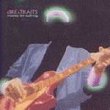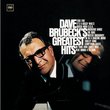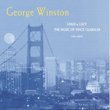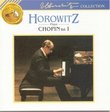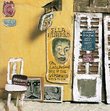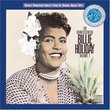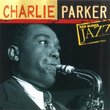| All Artists: Lester Young Title: Ken Burns JAZZ Collection: Lester Young Members Wishing: 1 Total Copies: 0 Label: Polygram Records Original Release Date: 11/7/2000 Release Date: 11/7/2000 Genres: Jazz, Pop, Broadway & Vocalists Styles: Cool Jazz, Swing Jazz, Traditional Vocal Pop Number of Discs: 1 SwapaCD Credits: 1 UPC: 731454908221 |
Search - Lester Young :: Ken Burns JAZZ Collection: Lester Young
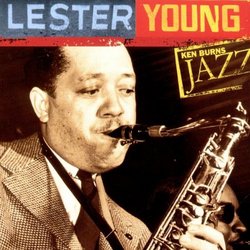 | Lester Young Ken Burns JAZZ Collection: Lester Young Genres: Jazz, Pop, Broadway & Vocalists
First coming to prominence with Count Basie's band in 1936, Lester Young defined a new way to play tenor saxophone, with a soft, airy sound and an understated beat. In the process, he was also creating a new way to play ja... more » |
Larger Image |
CD DetailsSynopsis
Amazon.com First coming to prominence with Count Basie's band in 1936, Lester Young defined a new way to play tenor saxophone, with a soft, airy sound and an understated beat. In the process, he was also creating a new way to play jazz, with a flowing, melodic inventiveness and a detachment that would influence the bop and cool schools to come. Young did much of his best work as a sideman in the first few years of his public career, and the first 13 tracks of this collection focus on his work up to 1940. Basie's hard-swinging big band was a terrific foil for Young's own novel blend of rhythmic invention and an almost languid sound, heard here on tunes like "Taxi War Dance" and the uptempo "Twelfth Street Rag." With Basie's smaller Kansas City Seven, Young created masterpieces like his signature "Lester Leaps In." Young and his friend Billie Holiday shared an uncanny musical empathy, represented by four tracks here. There's also a sampling of Young's later recordings, including his trio version of "I've Found a New Baby," with Nat Cole on piano and Buddy Rich on drums, and "Polka Dots and Moonbeams" from a 1957 reunion with Basie at the Newport Jazz Festival. --Stuart Broomer Similarly Requested CDs
|
CD ReviewsWhat happened? 12/18/2000 (3 out of 5 stars) "Being a Lester Young fan,I rushed home after buying this new CD.Even before playing it-I admired the handsome,nicely designed case it came in.When hearing the very first track"Oh,Lady be Good"-I couldnt believe how much hiss and crackling noise there was.The next few tracks sounded great-but then came the 3 tracks with Billie Holiday-also lots of hiss and noise.Then a few more songs-same distracting pops and cracks.I figured a high profile release like this,celebrating Ken Burn's upcoming documentary-proper care would certainly be taken in assuring clean(or as clean as possible)cuts. Sure,these are old songs from whatever source they had available-but I have most of these tunes on other CD's-particularly the "Quintessential Billie Holiday"series and various "Lester Young cd's-in which they sound fantastic.So,obviously clean sources exist.Perhaps it was the cleaning up process where they screwed up.Whatever the reason,it's a shame.BTW,I also bought the Louie Armstrong and Benny Goodman in this series and every song sounds great. That being said,I still enjoyed this CD.There were several songs that did sound great.I have no beef with the selection of songs-but c'mon-shouldn't they have taken better care with quality?" Ruined by noise. Kloomnik | USA | 10/07/2004 (3 out of 5 stars) "I own many CDs of 30s and 40s jazz. Usually the sound has been cleaned up nicely, so you can concentrate on the music. This one is so scratchy, it's hard to listen to. Pity, because the music is terrific and plentyful. Yet, because of the noise, I recommend buying something else (Verve's Jazz Masters #30 is nice, for example)." Founding father Blues Bro | Lakewood, Colorado USA | 05/11/2003 (5 out of 5 stars) "The sound is not that bad really, there is some hiss, but nothing out of this world, its listenable. If you are not used to the sound of old 30's 40's recordings, it may sound rough at first. Charlie Parker once said to have leraned some of Lester solos note sby note, and when you hear Lester, you can certainly hera a lot of what Bird later developed. But Lester is undoubtely one of the originals and a giant in jazz."
|

 Track Listings (19) - Disc #1
Track Listings (19) - Disc #1